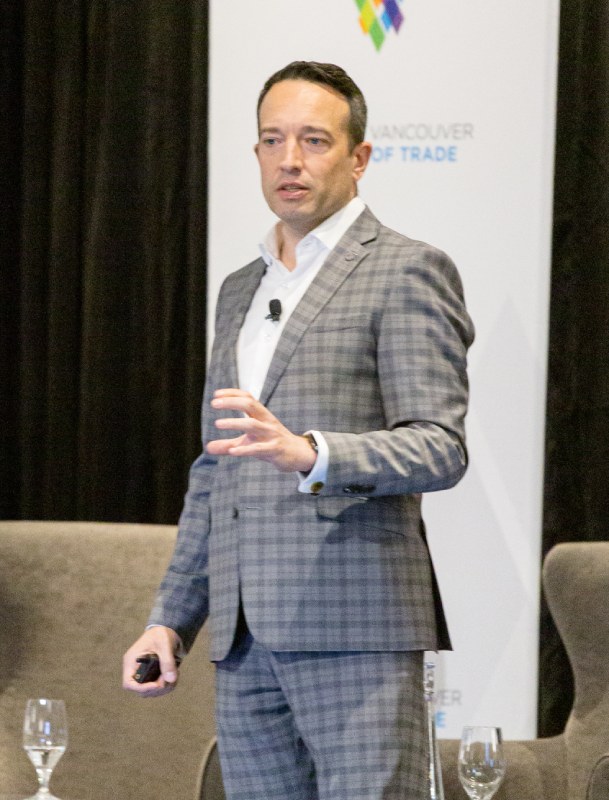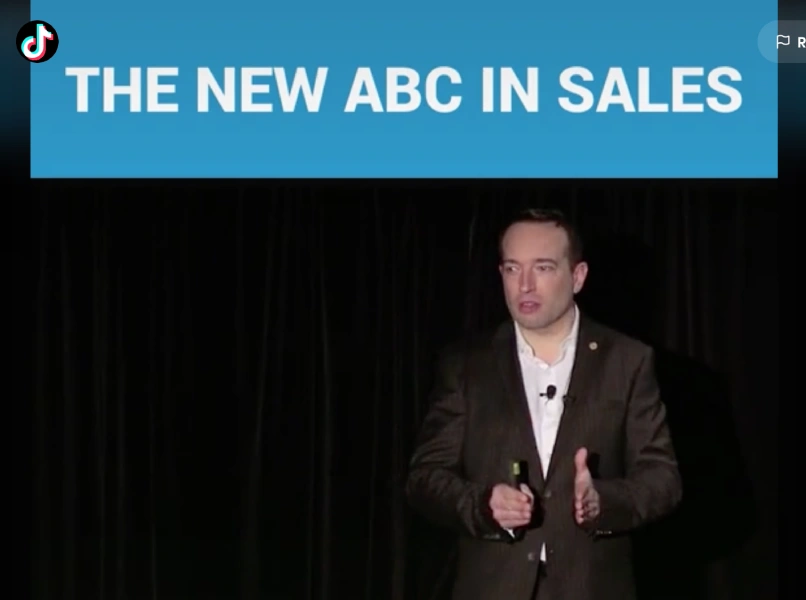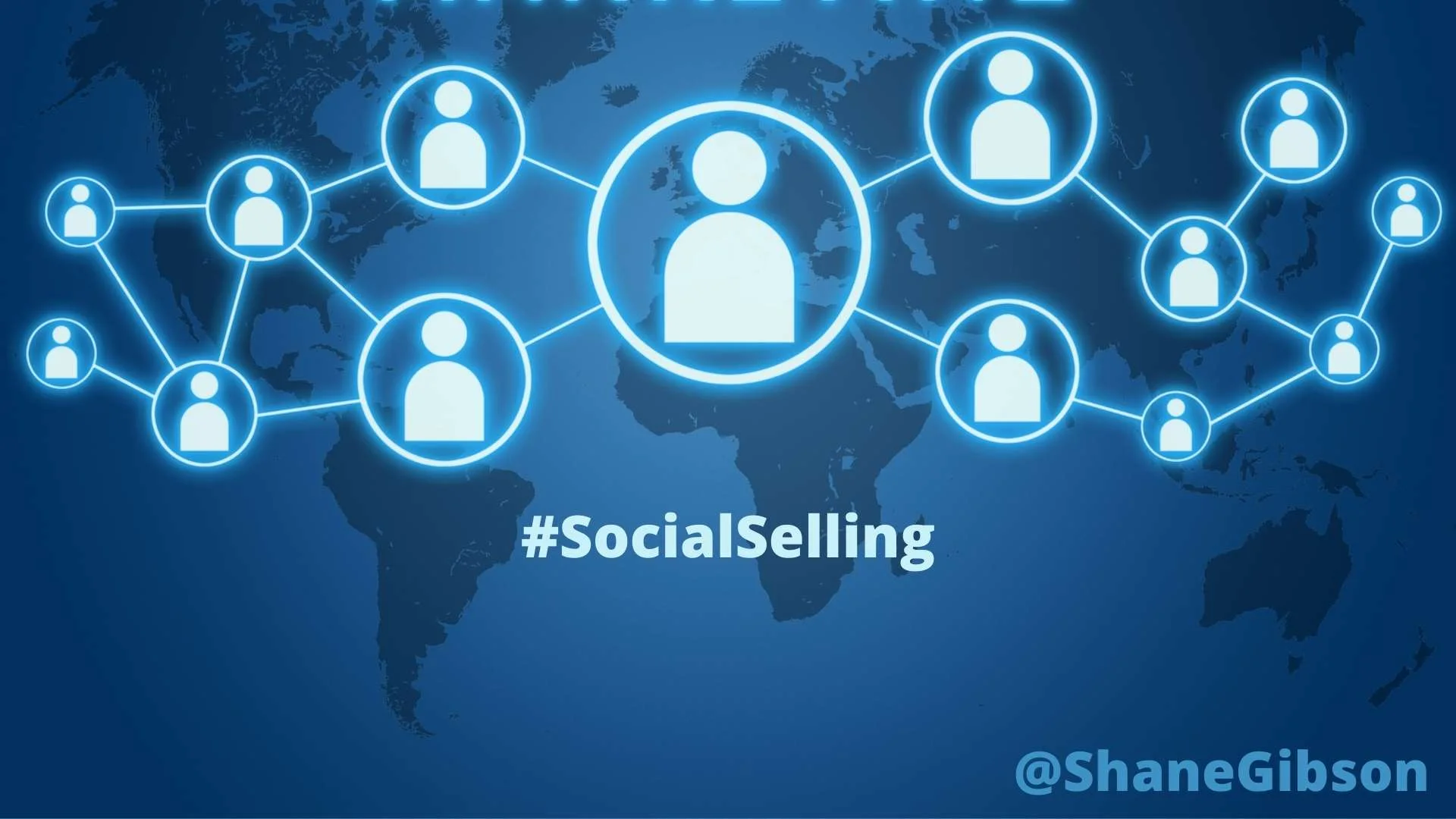Guerrilla Social Media Marketing Traditional Websites versus Social Sites
In writing Guerrilla Social Media Marketing Jay Levinson and I developed a quick comparison between traditional websites and social sites. Guerrillas know that to build community and consent your website and homebase must be social.
Traditional Websites versus Social Sites
|
Traditional Sites |
Social Sites |
| Require technical knowledge to update and add content | Require very little knowledge to update and almost anyone can add content |
| Full of me-focused marketing and are written like a corporate brochure | Written for the customer about things that can help the customer |
| Are unidirectional in their mode of communication | Allow for bidirectional communication between guerrillas and their visitors and also allow visitors to share and communicate with one another |
| Is a marketing island | Are community hubs and push content out to guerrilla outposts and also pull in and aggregate content from those networks |
| Are difficult to keep on the top of search engine rankings because of their static nature | Are easy to keep on the top of search engine rankings because of constantly added content by guerrillas and their visitors |
| Lock up and protect their content, such as videos | Make all of their content easy to share and repurpose |
| Require visitors’ contact details and consent before establishing a relationship or providing any real value-added content | Are full of value-added content, tools and information that benefit their market, and don’t require you to give consent before adding value |
| Require expensive custom plugins or web-based applications and a significant financial investment when upgrading the look and feel | Due to their open source nature, are inexpensive or free to upgrade. This also allows for inexpensive redesigns |
| Typically corporate-supported | Typically community-supported |
| Provides limited channels and access to limited number of people within a company | Provides multiple methods for connecting with your company and provides access to multiple people within your organization |
Copyright 2010 Jay Conrad Levinson Shane Gibson and Entrepreneur Press












